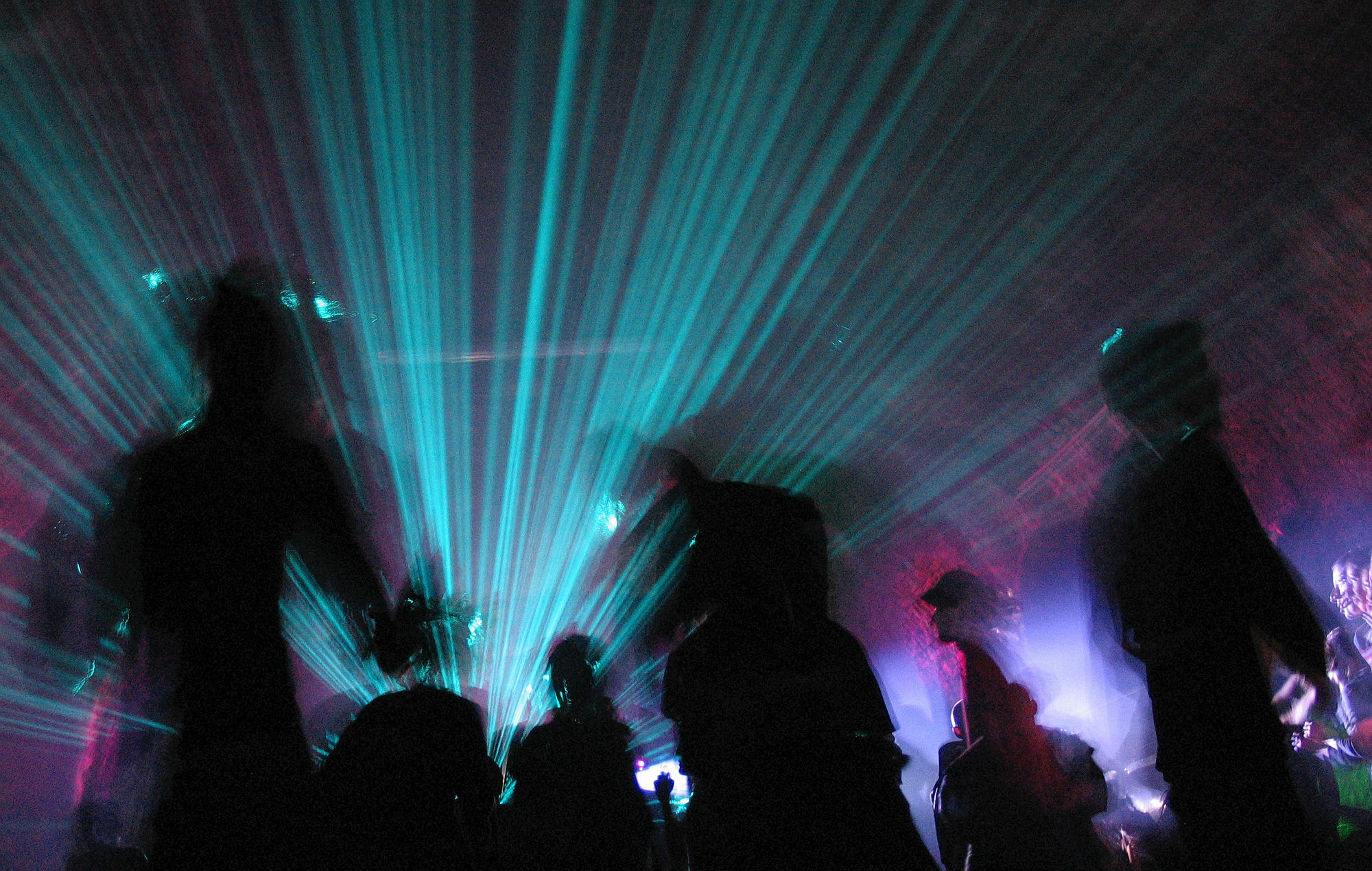
Inside NYC’s Illegal Rave Scene, Thriving Amid Pandemic
On New Year’s Eve, Sam Adeelmirza, the event organizer known as Sam Black, still felt cagey about attending a dance party; he did not want a repeat of the rave he organized under the Kosciuszko Bridge in August. That party was supposed to have been a guerrilla fund-raiser for Legal Aid, but it quickly got out of hand. Hundreds came, and after the second time the police showed up, the event was shut down. Footage of the rave spread to social media, and the beating he took in the press still stung.
Yet Mr. Adeelmirza and his friends welcomed 2021 with no drama and about 150 people at a large warehouse in Brooklyn. There were Covid precautions, and he said he felt safe interacting with just his crew while wearing a mask. “It was very under the radar,” he said. “It didn’t get busted, and there were no pictures.”
“Afterwards,” he added, “I didn’t go see my parents; I waited four to five days and got tested.”
It was one of probably hundreds of parties held that night in New York. In fact, from the worst of last spring, through the hopeful summer and then the return of high Covid-19 infection rates this winter, the city’s underground dance scene never stopped partying.
“We’re communal creatures,” Mr. Adeelmirza said. “At what point is it right for us to give up that part of our humanity?”
In New York City, nightclubs are still officially closed, and private gatherings have been limited to a maximum of 10 people since November. But finding a dance party is fairly simple once you know where to look. First, you need to know who to follow on social media, where organizers and D.J.s post mildly cryptic fliers for events a couple of days in advance. Reach out via direct message, and you’ll get more detailed information. Regulars are notified via email or text blast from an ever-changing set of phone numbers.
Some parties are brazenly listed on Facebook, Instagram, Eventbrite and, until it was recently shut down, the party app Vybe Together. To avoid being caught, social media accounts are regularly wiped or lie dormant before reappearing to announce new events. Inquiring journalists are quickly blocked.
A party’s location is usually given only the day of, and it could be anywhere: a private loft, a warehouse, a basement, a vacant office, even on a boat or a bus. Although many events are held in Manhattan and Brooklyn, an increasing number have moved to New Jersey, where indoor-gathering rules and enforcement are more lax.
When the lockdown last March decimated the dance party business, enterprising D.J.s like Lukas Valo filled the void. “You have to figure out what else to do in order to get money in order to survive,” he said.
Mr. Valo and the recently formed collective Taken NYC found opportunity in the pandemic. Taken has put on at least a dozen parties since coming together in August. “That’s the difference between somebody who wants to be successful and somebody who wants to live in the shadows,” said Mr. Valo, a techno/minimalist house D.J. from Colombia who has been living in New York for three years.
In the rave scene, where the best parties have always been off the grid and on the down-low, attending an illegal event during a pandemic doesn’t seem so radical. But while many ravers are comfortable with a level of illegality, the pandemic tested others’ tolerance.
